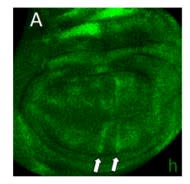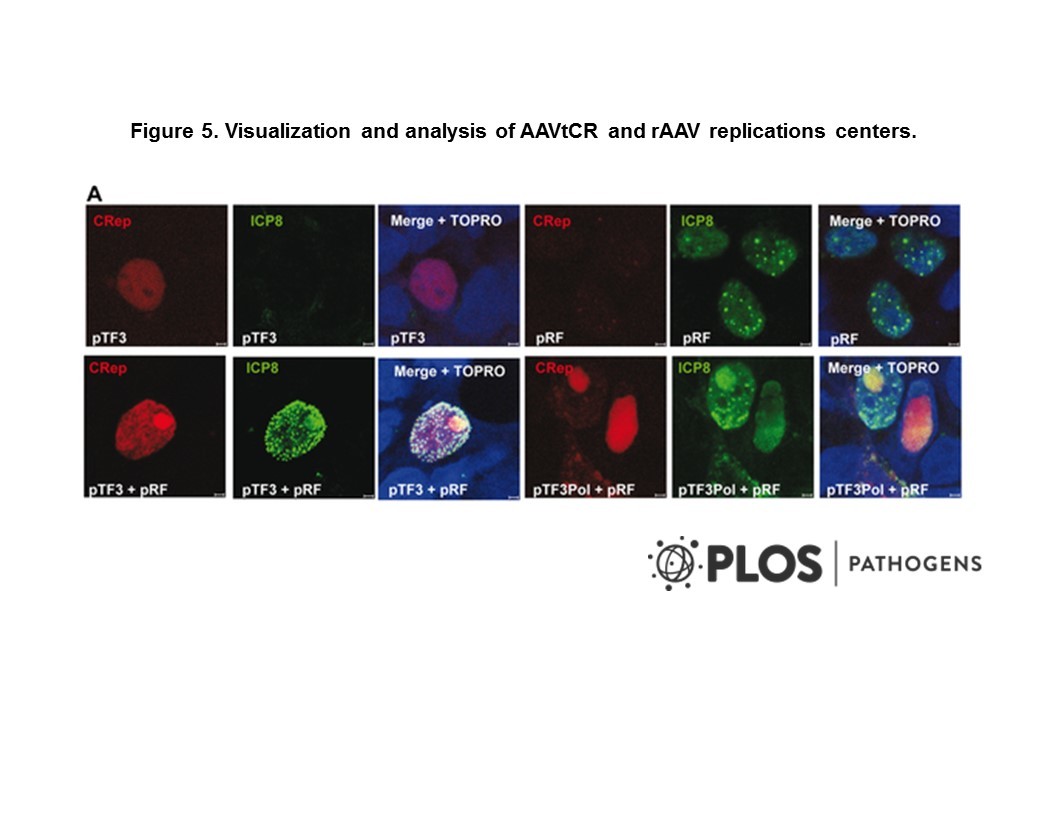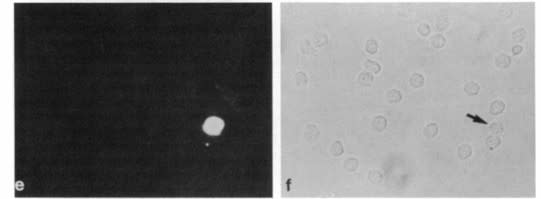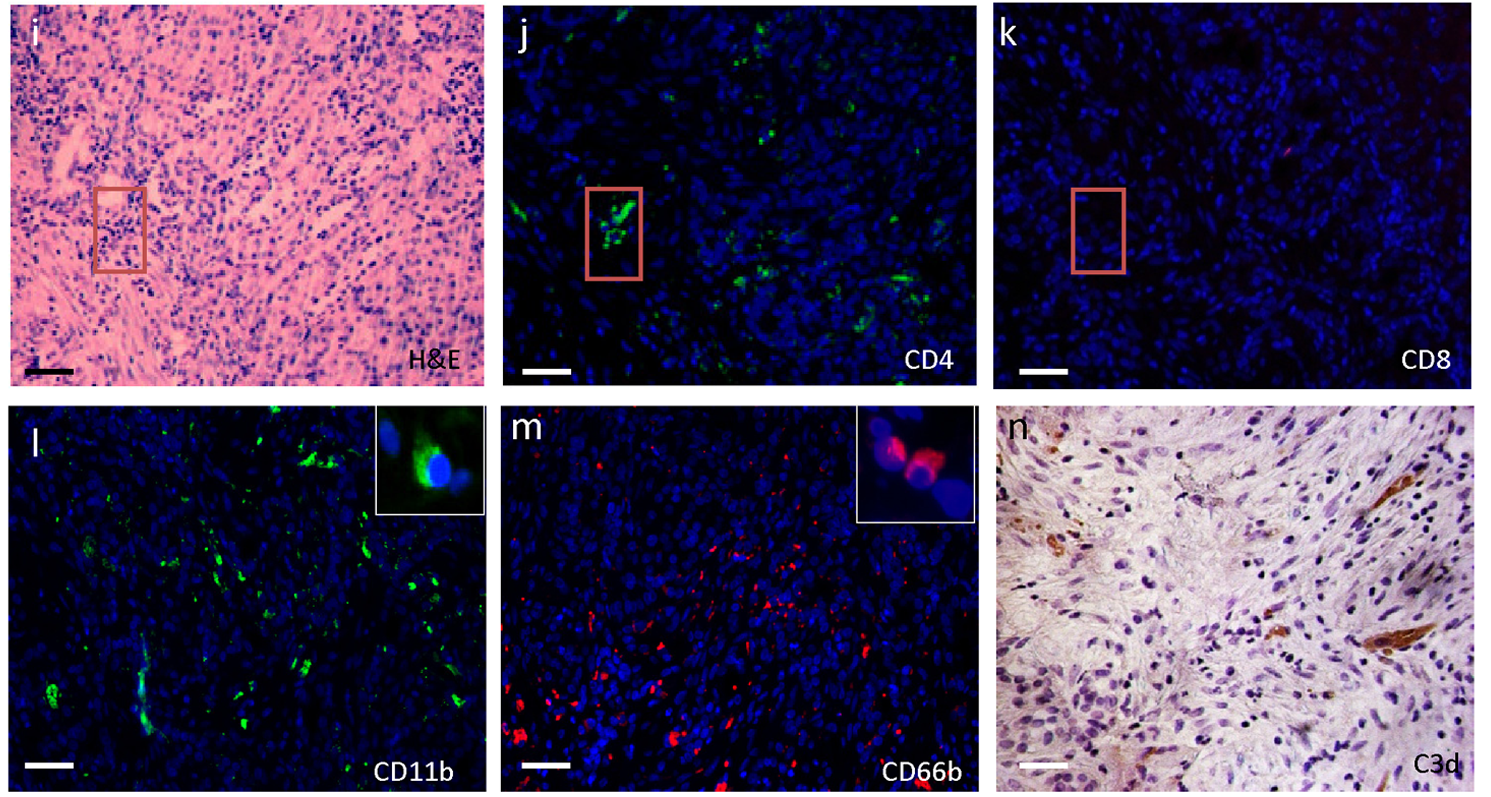
Cat. #157931
Anti-Processed arabinan /RG-I [LM16]
Cat. #: 157931
Unit size: 100 ug
Availability: 10-12 weeks
Target: Processed arabinan - RG-I
Class: Monoclonal
Host: Rat
£300.00
This fee is applicable only for non-profit organisations. If you are a for-profit organisation or a researcher working on commercially-sponsored academic research, you will need to contact our licensing team for a commercial use license.
Contributor
Inventor: Paul Knox
Institute: University of Leeds
Tool Details
*FOR RESEARCH USE ONLY (for other uses, please contact the licensing team)
- Name: Anti-Processed arabinan /RG-I [LM16]
- Alternate name: Rhamnogalacturonan
- Research fields: Biochemistry
- Class: Monoclonal
- Conjugation: Unconjugated
- Host: Rat
- Description: Plant cell walls are robust polysaccharideÄËĂÂĂÂbased materials at the surfaces of plant cells that function in the generation of cell morphology, and the maintenance of cell integrity, cell adhesion and tissue cohesion. Cell walls also generate and impact upon the mechanical properties of tissues and organs. Diverse cell wall structures and morphologies underpin many aspects of plant growth and development. It is becoming increasingly apparent that the polysaccharides that comprise cell walls are diverse in structural terms, that these structures are developmentally regulated, and that not all cell walls in an organ are comprised of the same configurations of polysaccharides (Knox, 2008).Both primary and secondary cell walls have a fibrousÄËĂÂĂÂcomposite type construction, with cellulose microfibrils as the fibrous components involved in generating resistance to both tensile and compressive forces. In primary cell walls, the cellulose microfibrils are currently viewed as being tethered together by hemicellulose components, and that the celluloseÄËĂÂĂÂhemicellulose network is embedded in a matrix of pectic polysaccharides (Cosgrove, 2005). There is an increasing body of evidence to suggest that hemicellulose polymers can be linked to pectins, and also that some pectic polymers can directly associate with cellulose microfibrils in a manner similar to hemicelluloses (Zykwinska et al., 2007a,b; Popper and Fry, 2008). This is suggestive of complex mechanisms for the tethering and spacing of microfibrils, which are likely to be important factors underpinning cell wall properties and extensibility (Cosgrove, 2005; Thompson, 2005). The lack of an extensive pectic network in thick secondary cell walls is associated with a lack of a capacity for cell wall stretching and extension.The pectic polysaccharides, abundant in extendable primary cell walls, are structurally diverse, with three main polysaccharides: homogalacturonan (HG), rhamnogalacturonanÄËĂÂĂÂII (RGII) and rhamnogalacturonanÄËĂÂĂÂI (RGI) (Ridley et al., 2001; Willats et al., 2001; Mohnen, 2008). RGI is a diverse and heterogeneous set of polymers. A core feature of RGI is a backbone consisting of a repeating unit of a galacturonosylÄËĂÂĂÂrhamnosyl disaccharide, in which the rhamnose residues can be substituted with side chains rich in arabinose and/or galactose. The degree of polymerization of arabinan, galactan and arabinogalactan side chains may vary from 1 up to ÄËĂÂ?50 residues (Ridley et al., 2001; Mohnen, 2008). The covalent links between these pectic polymers within the primary cell wall matrix, i.e. whether HG is exclusively associated in a linear way with RGI, or whether the RGI backbone acts as a basis for the attachment of HG as a side chain in a manner equivalent to neutral side chains, is still a matter of debate (Vincken et al., 2003; Coenen et al., 2007; Verhertbruggen and Knox, 2007; Mohnen, 2008).
- Immunogen: Modified RGI polymer of apple pectin MHRB, with the following molar percentages of the major sugars: GalA, 37%; Xyl, 18%; Gal, 20%; Rha, 11%; Ara, 11%.
- Myeloma used: IR983F
- Recommended controls: IgM
Target Details
- Target: Processed arabinan - RG-I
- Target background: Plant cell walls are robust polysaccharideÄËĂÂĂÂbased materials at the surfaces of plant cells that function in the generation of cell morphology, and the maintenance of cell integrity, cell adhesion and tissue cohesion. Cell walls also generate and impact upon the mechanical properties of tissues and organs. Diverse cell wall structures and morphologies underpin many aspects of plant growth and development. It is becoming increasingly apparent that the polysaccharides that comprise cell walls are diverse in structural terms, that these structures are developmentally regulated, and that not all cell walls in an organ are comprised of the same configurations of polysaccharides (Knox, 2008).Both primary and secondary cell walls have a fibrousÄËĂÂĂÂcomposite type construction, with cellulose microfibrils as the fibrous components involved in generating resistance to both tensile and compressive forces. In primary cell walls, the cellulose microfibrils are currently viewed as being tethered together by hemicellulose components, and that the celluloseÄËĂÂĂÂhemicellulose network is embedded in a matrix of pectic polysaccharides (Cosgrove, 2005). There is an increasing body of evidence to suggest that hemicellulose polymers can be linked to pectins, and also that some pectic polymers can directly associate with cellulose microfibrils in a manner similar to hemicelluloses (Zykwinska et al., 2007a,b; Popper and Fry, 2008). This is suggestive of complex mechanisms for the tethering and spacing of microfibrils, which are likely to be important factors underpinning cell wall properties and extensibility (Cosgrove, 2005; Thompson, 2005). The lack of an extensive pectic network in thick secondary cell walls is associated with a lack of a capacity for cell wall stretching and extension.The pectic polysaccharides, abundant in extendable primary cell walls, are structurally diverse, with three main polysaccharides: homogalacturonan (HG), rhamnogalacturonanÄËĂÂĂÂII (RGII) and rhamnogalacturonanÄËĂÂĂÂI (RGI) (Ridley et al., 2001; Willats et al., 2001; Mohnen, 2008). RGI is a diverse and heterogeneous set of polymers. A core feature of RGI is a backbone consisting of a repeating unit of a galacturonosylÄËĂÂĂÂrhamnosyl disaccharide, in which the rhamnose residues can be substituted with side chains rich in arabinose and/or galactose. The degree of polymerization of arabinan, galactan and arabinogalactan side chains may vary from 1 up to ÄËĂÂ?50 residues (Ridley et al., 2001; Mohnen, 2008). The covalent links between these pectic polymers within the primary cell wall matrix, i.e. whether HG is exclusively associated in a linear way with RGI, or whether the RGI backbone acts as a basis for the attachment of HG as a side chain in a manner equivalent to neutral side chains, is still a matter of debate (Vincken et al., 2003; Coenen et al., 2007; Verhertbruggen and Knox, 2007; Mohnen, 2008).
Handling
- Format: Liquid
- Unit size: 100 ug
- Shipping conditions: Dry ice
References
- Verhertbruggen et al. 2009. Plant J. 59(3):413-25. PMID: 19392693.





